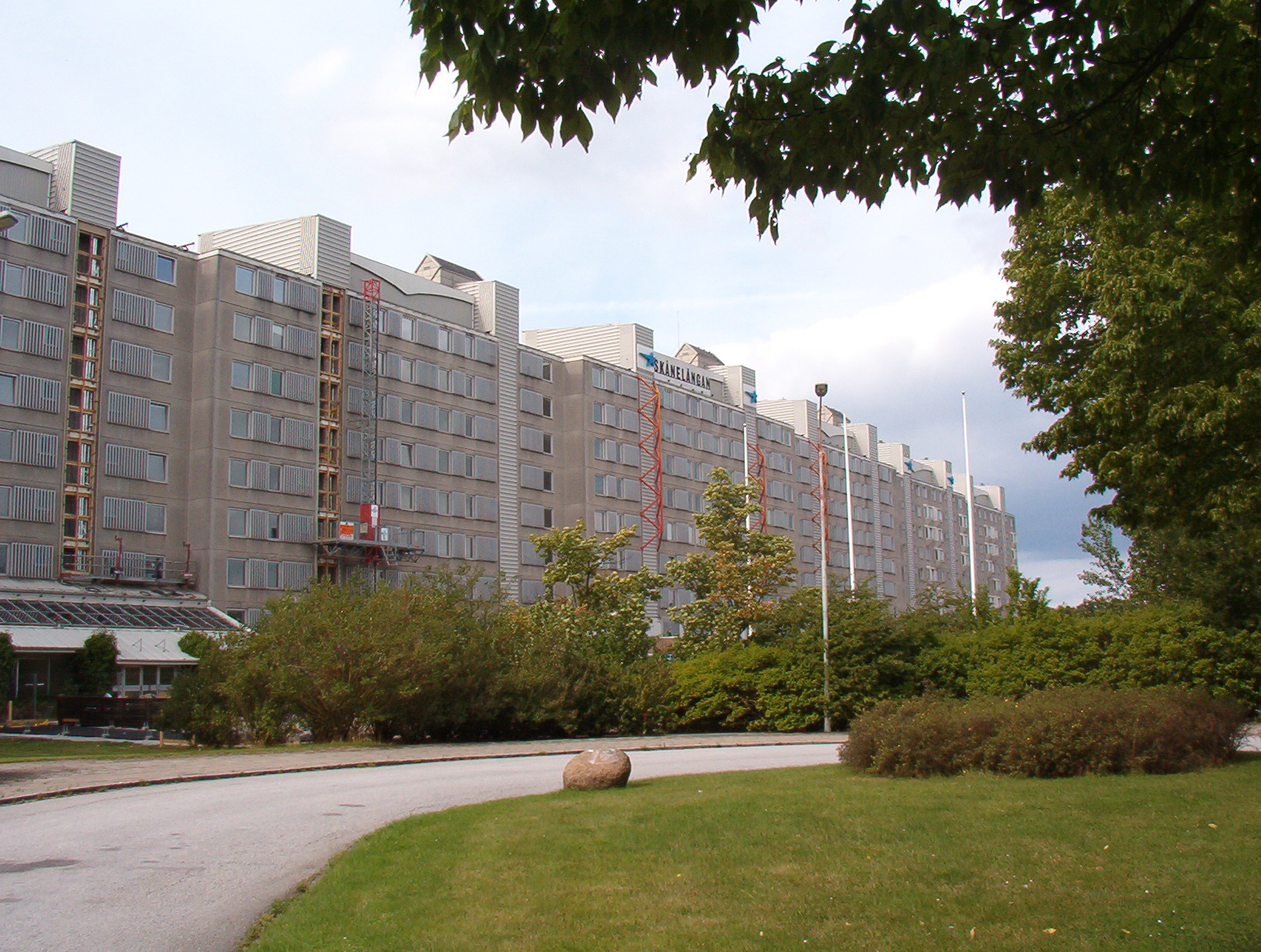Sweden becomes more segregated
Poor children in Malmö where almost three out of four children live near poverty level, according to new statistics.
-
 Rosengård in Malmö has the highest percentage of poverty among children in all of Sweden, according to new statistics.
Rosengård in Malmö has the highest percentage of poverty among children in all of Sweden, according to new statistics. -
-
Poor children in a more segregated Sweden. In the Malmö neighborhood Rosengård, almost three out of four children live near poverty level, according to new statistics from Sweden Statistics. In neighborhoods like Danderyd or Täby (north of Stockholm), only one in 17 children lives on the brink of poverty. In Rosengård, the children are dependent on the many after-school activities which are free of charge. “Many of our youth have never left Malmö, barely even been outside of Rosengård,” says Behrang Miri, at Rörelsens Gatans Röst & Ansikte, which exists in a basement in Rosengård, where the walls are plastered with pictures of ABBA and Ronaldinho. Here kids who have no access to expensive ski trips can get together.
-
“The kids share their bedrooms with four siblings and the parents cannot afford to send them on excursions or pay for memberships or fees to dance classes.”
Commissioned by Socialstyrelsen (The National Board of Health and Welfare), Sweden Statistics has produced data over the relative poverty among youth and children in Sweden. The numbers are based on how many families have an income lower than 60 percent of the average population. “It’s the conventional way to measure financial vulnerability in the EU,” says Petter Wikström, statistician at Sweden Statistics. “One also takes into account the size of the family and the number of adults in it.” The result shows the number of poor children differs vastly across the country. And Rosengård sticks out more than any other place: There 71 percent of all children live in financially vulnerable situations. The equivalent numbers for the Stockholm suburbs Rinkeby/Kista and Angered in Göteborg are 51 and 50 percent respectively. In municipalities like Danderyd and Täby on the other hand, only 6 percent of youth and children live in relative poverty. “It's a tendency we see all across Europe, that the gaps between different social groups are increasing,” says Hans Swärd, professor in social work at Lund University. Children are affected both socially and psychologically, he adds. Minister for the children and the elderly, Maria Larsson agrees that the widening social gaps is a problem: “We have a great responsibility to give children equal possibilities as much as possible. To strengthen families’ finances we raised the national norm for older children and youth. We have also raised the children’s part in the housing allowance.” -
-
